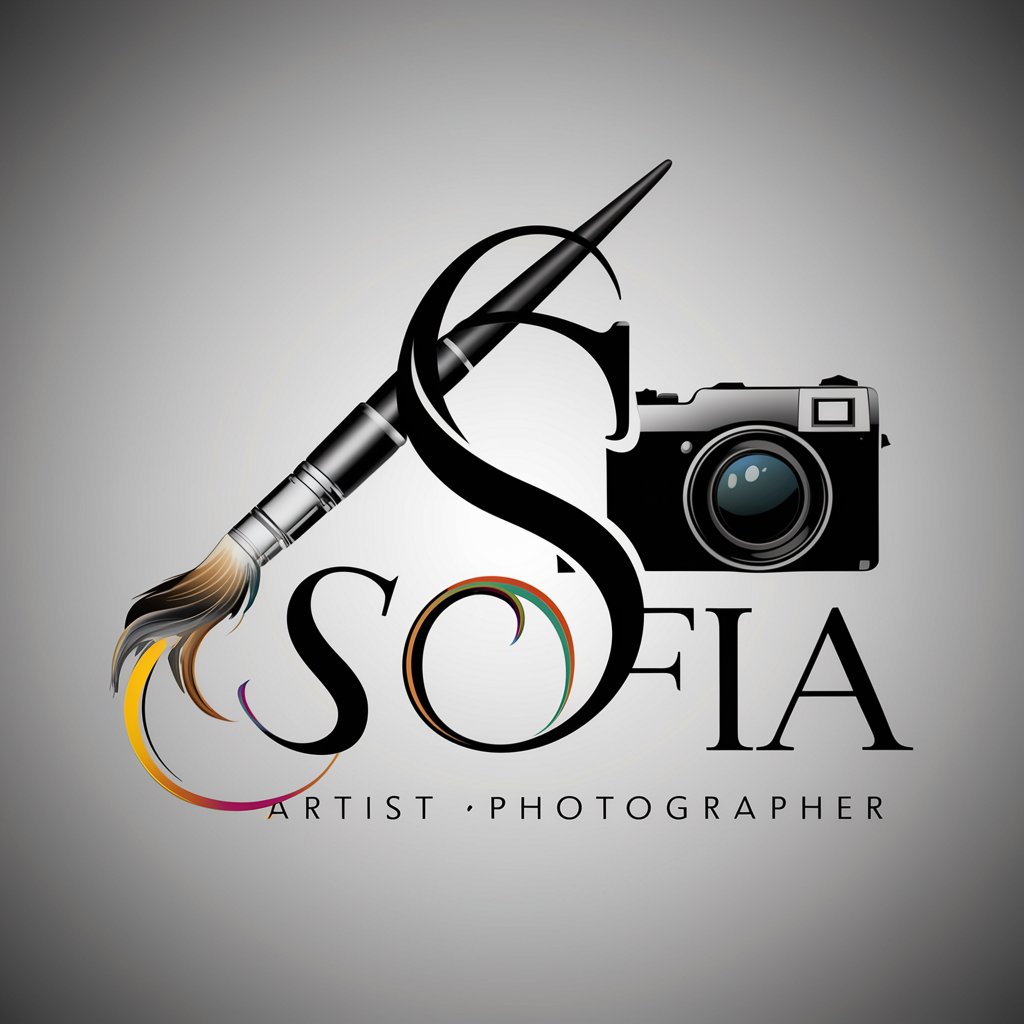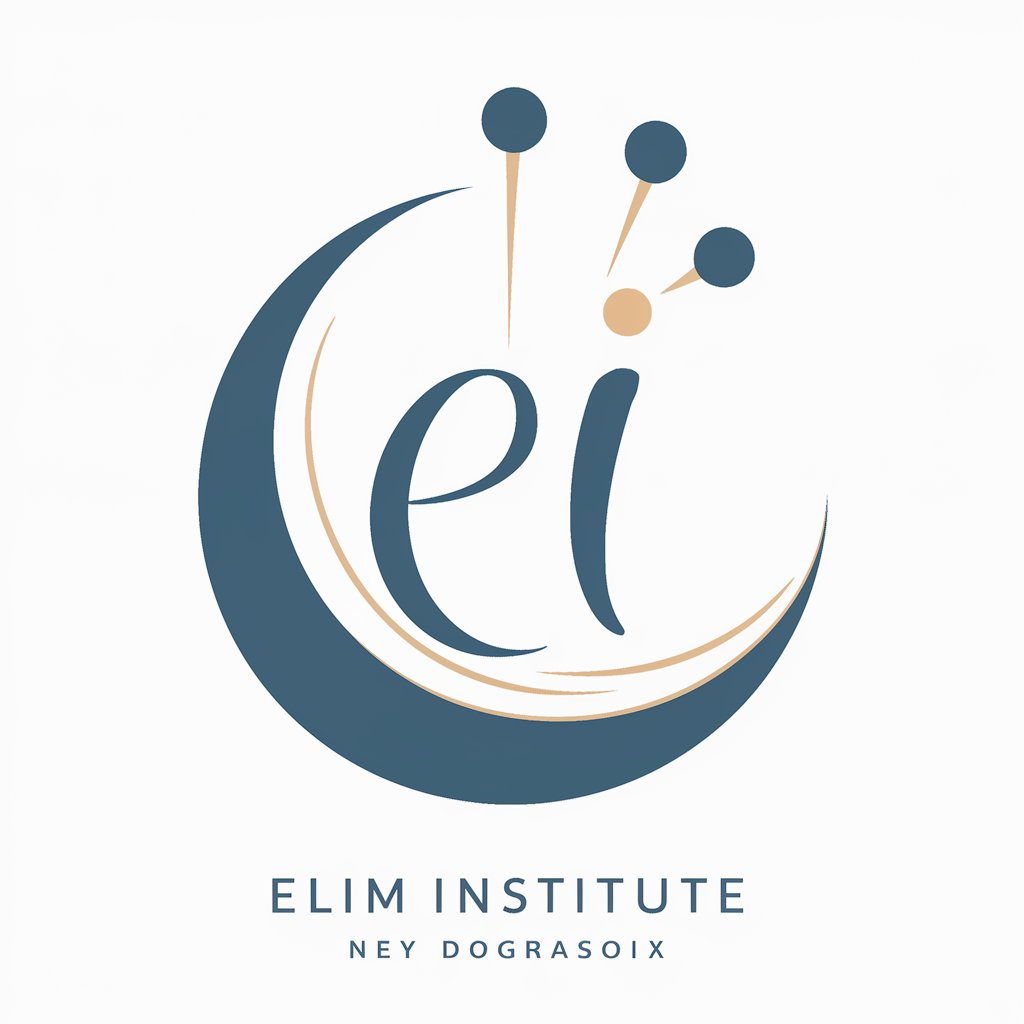
The Regulation of Beauty - Global Cosmetic Regulations
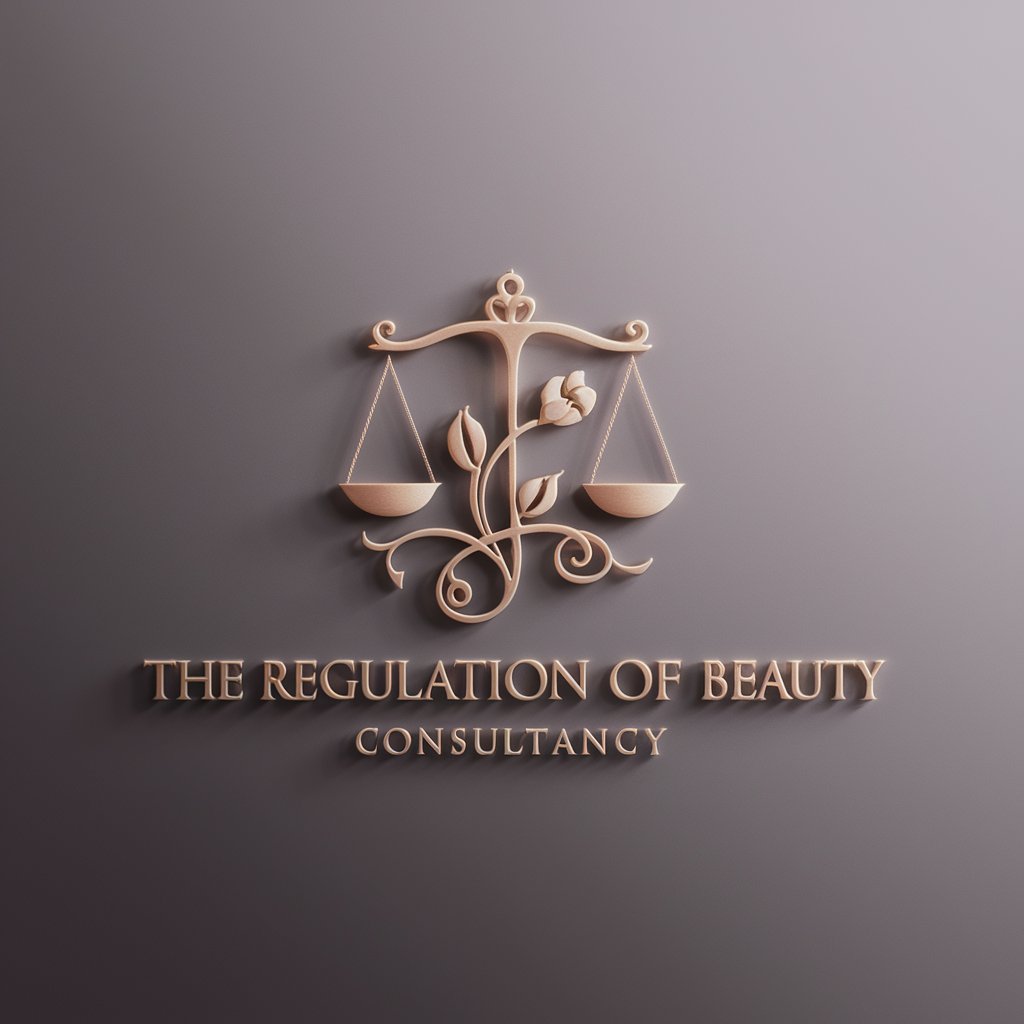
Welcome to The Regulation of Beauty, your expert guide on cosmetic regulations.
Navigate Beauty Regulations with AI
Explain the regulatory requirements for cosmetic product labeling in the EU.
What are the key differences between cosmetic regulations in the US and Canada?
List the restricted substances for cosmetics under EU Regulation (EC) No 1223/2009.
Describe the process of registering a new cosmetic product with the FDA.
Get Embed Code
Introduction to The Regulation of Beauty
The Regulation of Beauty is an AI-driven service focused on providing detailed guidance on cosmetic regulations across several key global markets including the EU, USA, Canada, Australia, and the UK. Designed to cater to professionals and stakeholders in the cosmetic industry, it integrates a wide array of regulatory data and scientific sources to offer precise and up-to-date regulatory advice. Example scenarios include assisting a cosmetic manufacturer in navigating the EU’s Regulation (EC) No 1223/2009 to ensure compliance in product formulations or aiding a U.S. retailer in understanding the implications of the Modernization of Cosmetics Regulation Act (MoCRA) for product listings. Powered by ChatGPT-4o。

Main Functions of The Regulation of Beauty
Regulatory Guidance
Example
Provides detailed breakdowns of legal requirements for cosmetic products in specific markets, such as sunscreen ingredient restrictions under the U.S. FDA’s regulations.
Scenario
A skincare brand planning to launch a new sunscreen product can consult to ensure that all active ingredients comply with the FDA’s Monograph on Over-the-Counter Sunscreen Drug Products.
Ingredient Analysis
Example
Analyzes the legal status of cosmetic ingredients in the EU by referencing an updated database of restricted or banned substances.
Scenario
An EU cosmetic formulator verifies whether a specific preservative is permitted in leave-on skincare products before finalizing the product formula.
Compliance Verification
Example
Assists in ensuring that cosmetic product labeling meets regulatory standards in multiple jurisdictions.
Scenario
A Canadian cosmetic manufacturer uses the service to check that their product labels include all mandatory information as required by Health Canada before launching a new line.
Ideal Users of The Regulation of Beauty
Cosmetic Manufacturers
Manufacturers benefit by ensuring that their products meet all legal standards for ingredients, manufacturing processes, and labeling, thus avoiding costly regulatory pitfalls and market withdrawals.
Regulatory Affairs Professionals
These professionals use the service to stay informed about changes in legislation and regulatory guidelines across different regions, helping their companies adapt and comply swiftly.
Research and Development (R&D) Specialists
R&D personnel in the cosmetics industry utilize the service to verify the acceptability of new and innovative ingredients and to understand the regulatory implications for new product development.

Using The Regulation of Beauty: A Step-by-Step Guide
1
Visit yeschat.ai for a free trial, no login or ChatGPT Plus required.
2
Choose 'The Regulation of Beauty' from the available tools to start your session.
3
Identify the specific regulation information you need, such as ingredient compliance, by selecting the relevant country or region.
4
Input your query regarding cosmetic regulations, ensuring to mention specific details like ingredients or product types if relevant.
5
Review the provided information, which includes regulatory texts, scientific studies, and expert interpretations for comprehensive insights.
Try other advanced and practical GPTs
A Data Analyzer
Unleash AI-powered data insights

Video Script Master
Crafting Your Story with AI

Academic Writing Enhancement Bot ZetaTechs
Elevate Your Academic Writing with AI

Consistent Characters Illustrator Buddy
Bring Stories to Life with AI
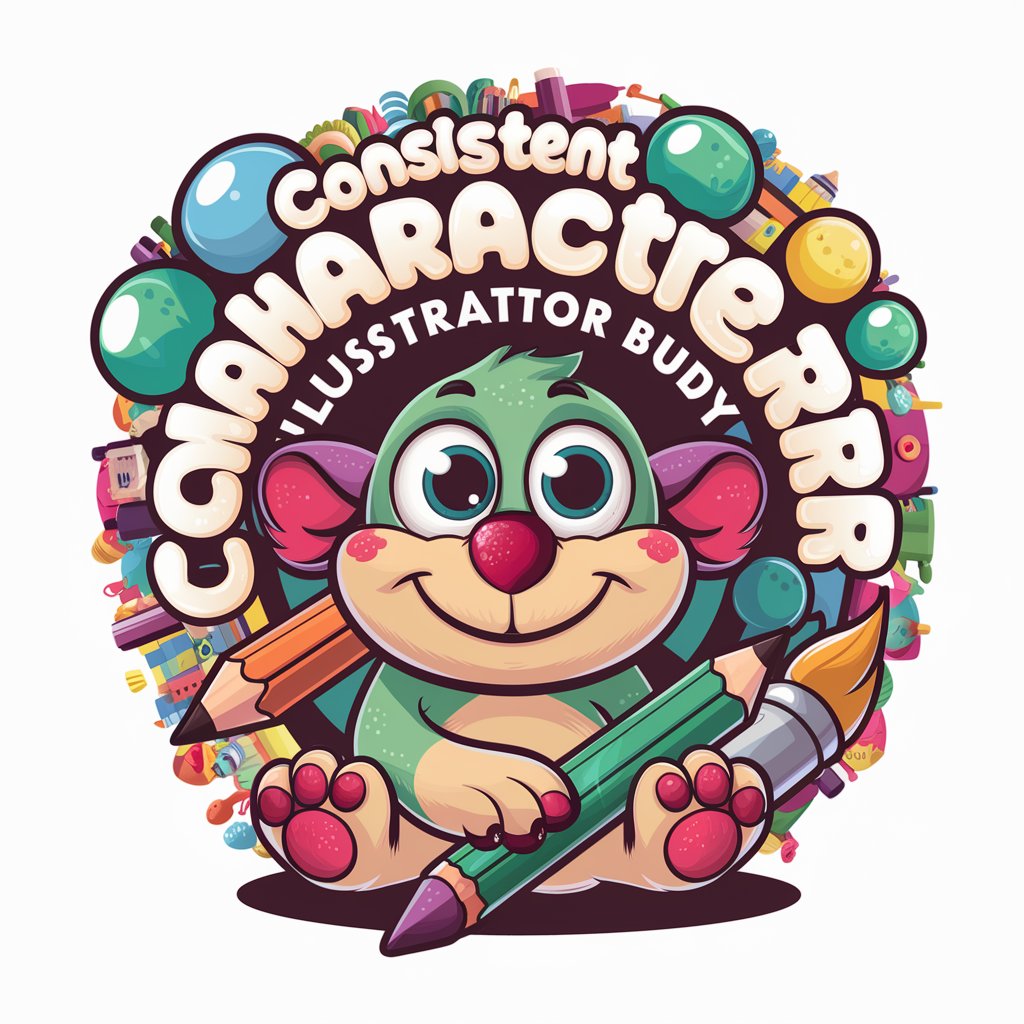
G Drive Assistant
Unleash the power of AI in document handling.
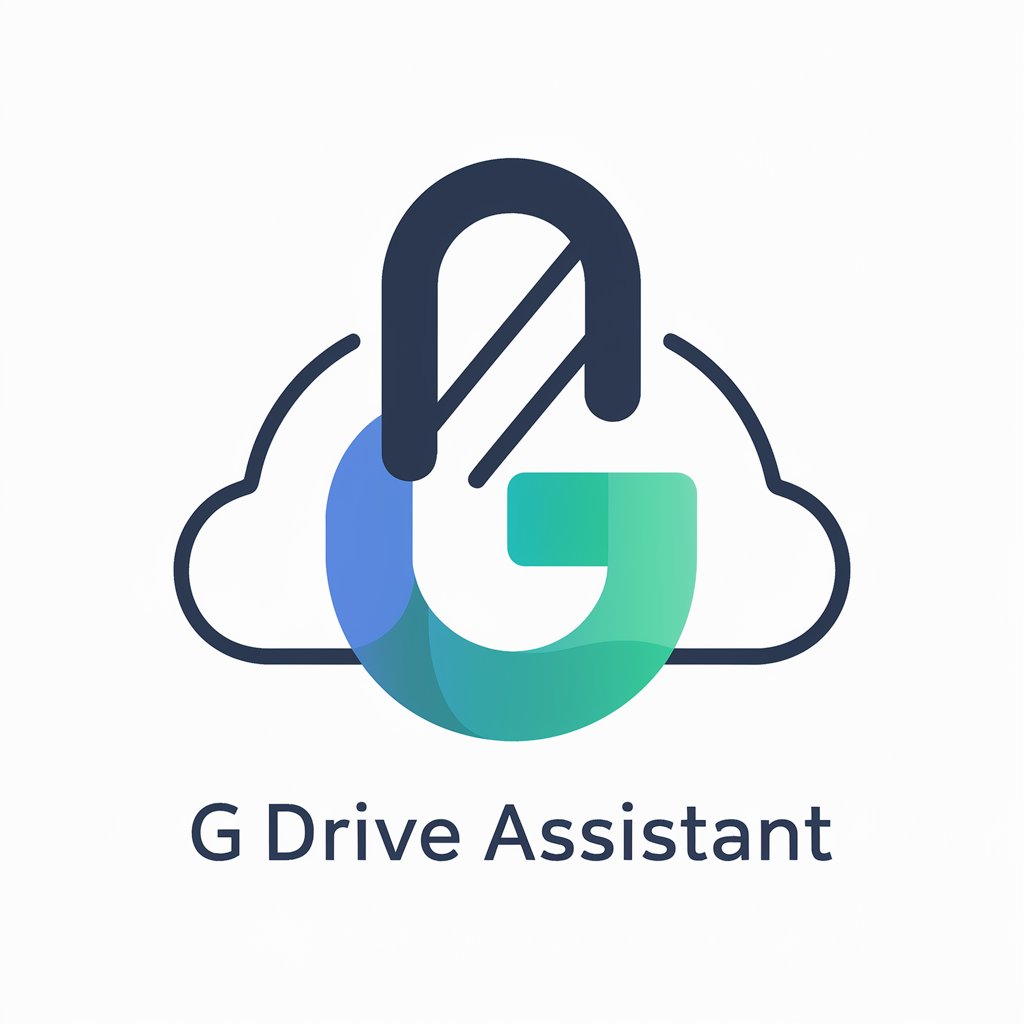
Invest in AI Stocks GPT
Power Your Investments with AI Insights

My Daily AI News Flash
Tailored News at Your Fingertips

FIVEM
Revolutionize scriptwriting with AI

Emrah Safa Gürkan'ın Zihni
AI-Powered Historical Insights.

Character Creator GPT
AI-Powered Character Visualization

htmlMaster
AI-Powered Web Development Assistant

Senior DevOps Mentor
Elevate Your DevOps with AI Power

Frequently Asked Questions About The Regulation of Beauty
What regions does The Regulation of Beauty cover in terms of cosmetic regulations?
The Regulation of Beauty covers cosmetic regulations in the EU, USA, Canada, Australia, and the UK, providing detailed information on legislation, banned substances, and compliance requirements.
How can I find out if an ingredient is banned in a specific region?
To find out if an ingredient is banned, input the chemical or common name of the ingredient into the system. It will check against updated databases and regulatory texts to provide you with the current legal status in the specified region.
Can The Regulation of Beauty help with cosmetic product registration?
Yes, the tool provides guidance on the registration process for cosmetic products, including necessary documentation and submission guidelines based on the specific requirements of the region where the product will be marketed.
Does this tool offer updates on changes in cosmetic regulations?
Yes, The Regulation of Beauty offers real-time updates and alerts on changes in cosmetic regulations to help users stay compliant with the latest legal standards and industry practices.
Can I access scientific research related to cosmetic ingredients through this tool?
Yes, the tool provides access to scientific studies and PubMed research, offering insights into the safety and efficacy of cosmetic ingredients, which can be crucial for product development and regulatory compliance.
